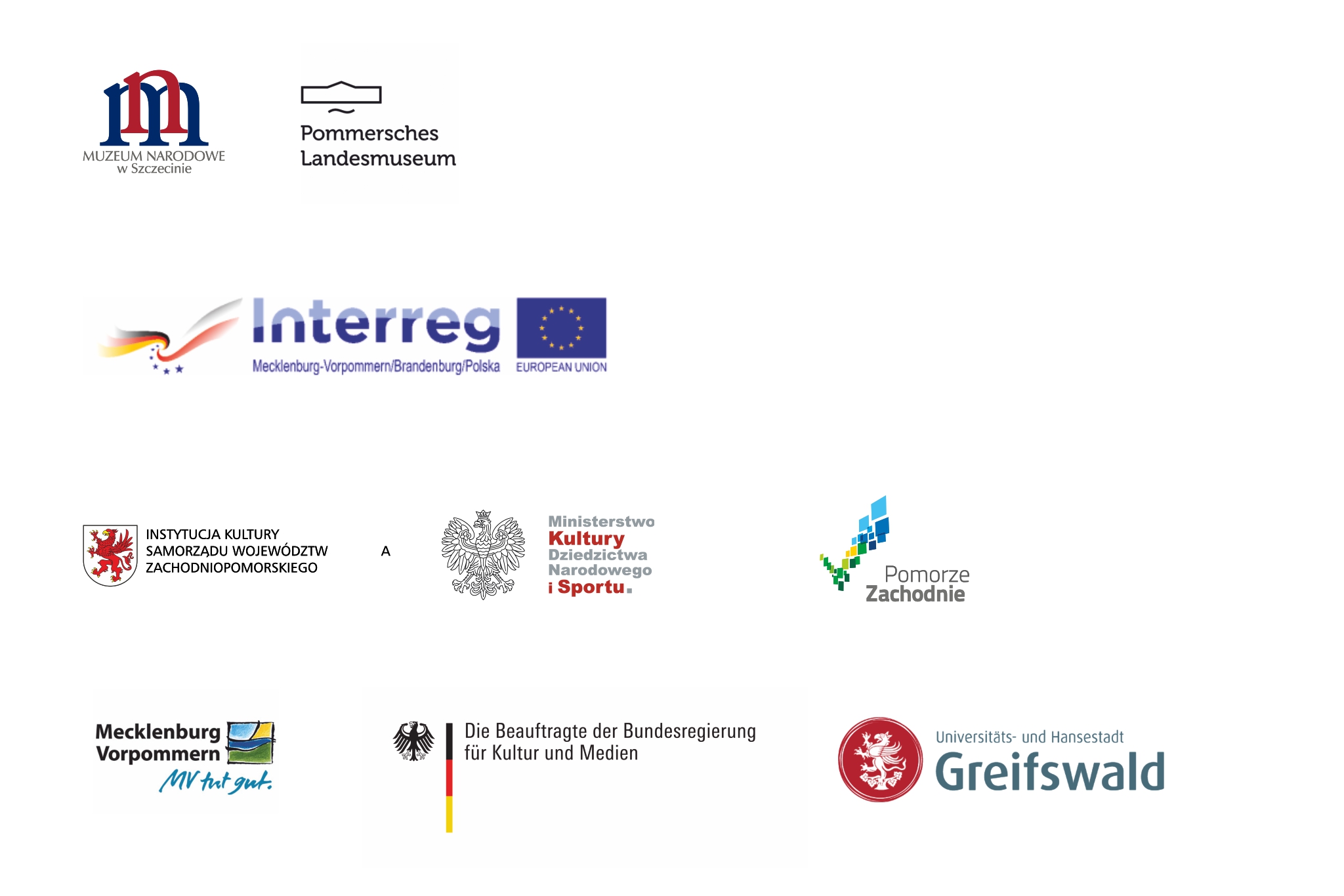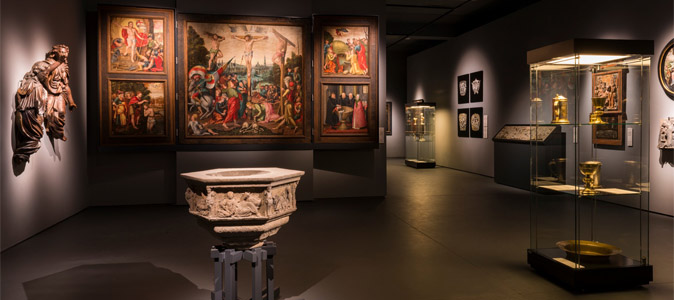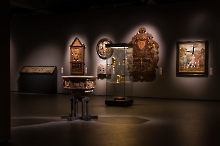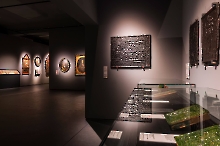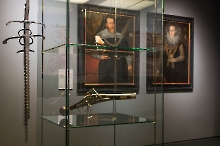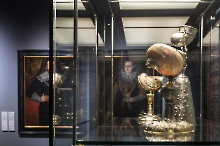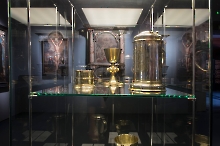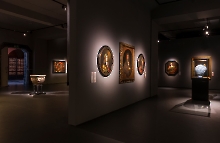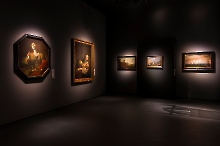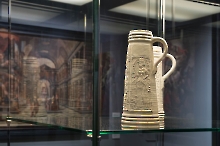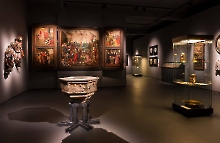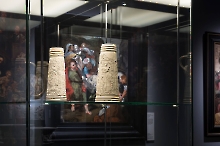A new permanent exhibition in The National Museum in Szczecin at Wały Chrobrego. Curator: Monika Frankowska-Makała. Available since September 23rd, 2021
"Hidden Meanings" – a new permanent exhibition at The National Museum in Szczecin – is devoted to art in Pomerania in the 16th and 17th centuries.
Reformation remains one of the most influential events that shaped modern art in Pomerania. Officially introduced in the Duchy of Pomerania in 1534, preceded by several years of intensive activity of the reformers, it had an enormous impact on the way local churches were furnished, with pieces that expressed new theological beliefs, employing means of expression characteristic for Protestant art, as well as new types of liturgical vessels. Simultaneously, the church art in Pomerania consciously pursued medieval themes, preserving much of the earlier liturgical tradition.
In the aftermath of the Reformation, Pomerania ended up in the Protestant circle of artistic influences, with which it was also connected by political and dynastic ties. These included mainly Saxony, Brandenburg and Mecklenburg. What is more, the courts of dukes in Szczecin and Wołogoszcz were visited by artists from the Netherlands and Italy, among other countries, bringing in new artistic trends. Of course, these artists coming to Pomerania worked not only for the dukes, but also for the local aristocracy and city elites, as evidenced by the triptych from the church in Gryfino painted by David Redtel, the court painter of Duke John Frederick, as well as the relief with the scene of the Conversion of Saul from the Loitz townhouse in Szczecin, attributed to Hans Schenck– Scheusslich, who worked for Duke Barnim IX (XI) and Philip I.
The "Hidden Meanings" exhibition aims at showcasing the history of Pomerania, as well as highlighting the trends and processes visible in the artistic culture of Northern Europe during the Renaissance and early Baroque. The dissemination of works by artists from the leading centres of European art by means of graphic models was incredibly important for the art of the 16th and 17th centuries. Pomeranian painters readily drew inspiration from the compositions by Dutch masters, including Johannes Sadeler, as well as Flemish painters, chief among them Peter Paul Rubens, and Italian Mannerist and Baroque artists – Jacopo Tintoretto and Federico Barocci. The works by Pomeranian artists, based on models, were juxtaposed with a collection of 17th-century paintings from the collections of the National Museum in Szczecin, which were created in Italy, the Netherlands and Flanders, including St John the Evangelist by Bernardo Cavallino, as well as The Great Fair, based on the piece by David Vinckboons.
In addition to the story of Pomeranian art of the 16th and 17th centuries, the exhibition outlines symbols, allegories and ideological content hidden in the works of modern art. In this period, just like throughout the Middle Ages, artists readily used motifs to represent abstract concepts and features related to the universe and the human kind. These meanings – usually obvious to viewers of the past – can be difficult for modern viewers to understand and often require further clarification.
Hidden Meanings. Art in Pomerania in the 16th and 17th Centuries
Curator: Monika Frankowska-Makała
Honorary patonage:
Marshal of the West-Pomeranian Voivodeship, Olgierd Geblewicz
Prime Minister of the German State of Mecklenburg-Vorpommern, Manuela Schwesig
Publications
The exhibition was created as part of the “Common Heritage, Common Future. Central Pomeranian Museums Presenting the History and Culture of Pomerania” project co-financed by the European Union from the European Regional Development Fund (ERDF) as part of the Interreg V-A – Germany/Mecklenburg-Vorpommern-Brandenburg-Poland cooperation programme, as well as from the funds of the West Pomeranian Voivodeship.
